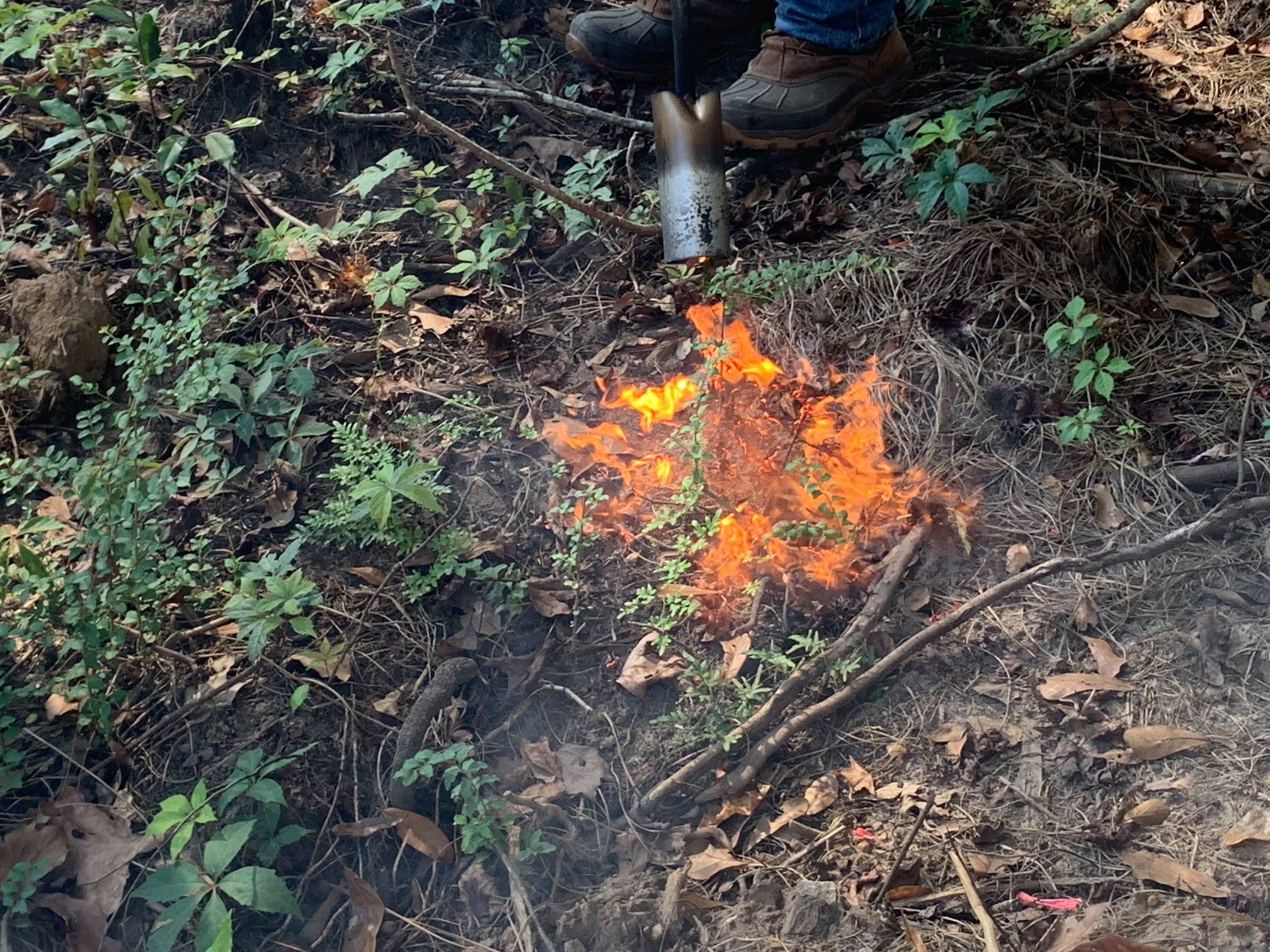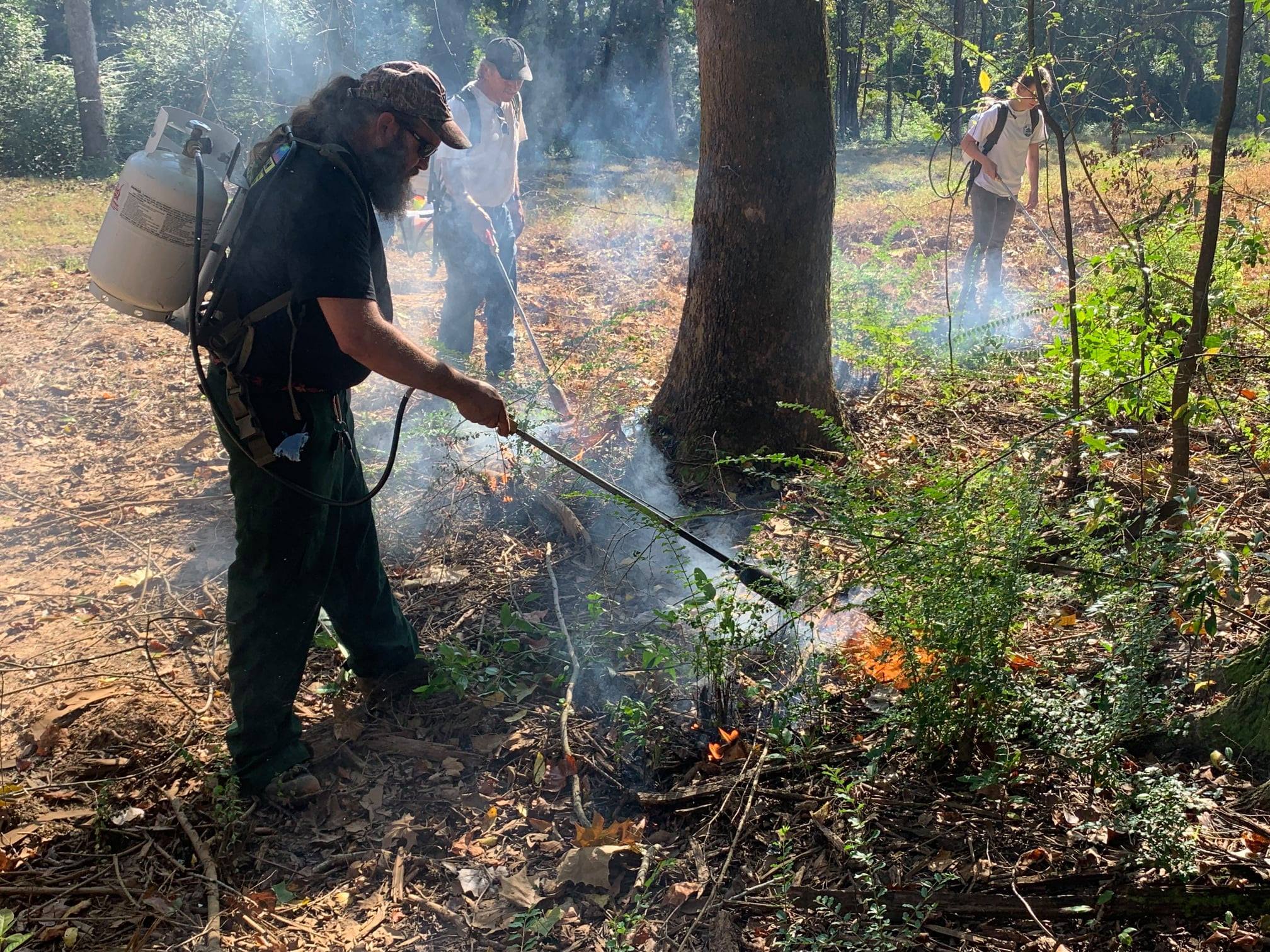Invasive Species
“The Mobile Bay National Estuary Program is deeply invested in managing the spread of invasive species and, where possible, helping to eradicate them entirely.”
- Roberta Swann, Director- Mobile Bay National Estuary Program

Management of Chinese Privet is one of the key priorities of MBNEP’s Three Mile Creek Watershed Management Plan.

Since its introduction to Alabama last century—Chinese Privet has proliferated to cover 1 million acres of land!
So just what is an “invasive species”, and why is their management so important?
As globalization has increased, a variety of plants and animals have entered the waters and ecosystems of Coastal Alabama. They arrive in a myriad of ways—in ship ballast, fruit crates, or sometimes intentionally as pets or ornamental plants—to name just a few routes.
Because these non-native species are new—some of them face few, if any, natural predators or diseases—that could prevent them from becoming established here and proliferating wildly. Their out-of-control spread in turn pushes out native flora and the fauna that depend on them. These problematic non-native plants and animals are called “invasive species”.
Invasive species are among the leading threats to native wildlife globally, as well as here in Coastal Alabama, with almost half of all threatened or endangered species at risk due to invasive species.
Human health and economies are also at risk from invasive species. Because much of our fisheries, agriculture, and recreational activities rely on healthy native ecosystems, the impacts of invasive species can cost our economy billions of dollars. Non-native insects can spread diseases from other ecosystems.
In addition, the impacts of many recent arrivals have not yet become evident, which is why the MBNEP closely monitors the Status and Trends of our waterways and the ecosystems they support.
Some of the most problematic species affecting Coastal Alabama include:
- Island Apple Snails
- Chinese Tallow (Popcorn) Trees
- Chinese Privet
- Kudzu
- Lion Fish
- Feral Swine
- Nutria
- Asian Tiger Mosquito
- Yellow Fever Mosquito
- Spotted Jellyfish
For more information about Chinese Privet and the method of eradication by fire used by our team in the photos, go to:
https://www.al.com/news/2020/11/new-solution-for-chinese-privet-in-alabama-kill-it-with-fire.html
For a deep dive into our Three Mile Creek Watershed Management Plan, go to: https://www.mobilebaynep.com/assets/pdf/TMCWMP_Final_20140905_Web.pdf




